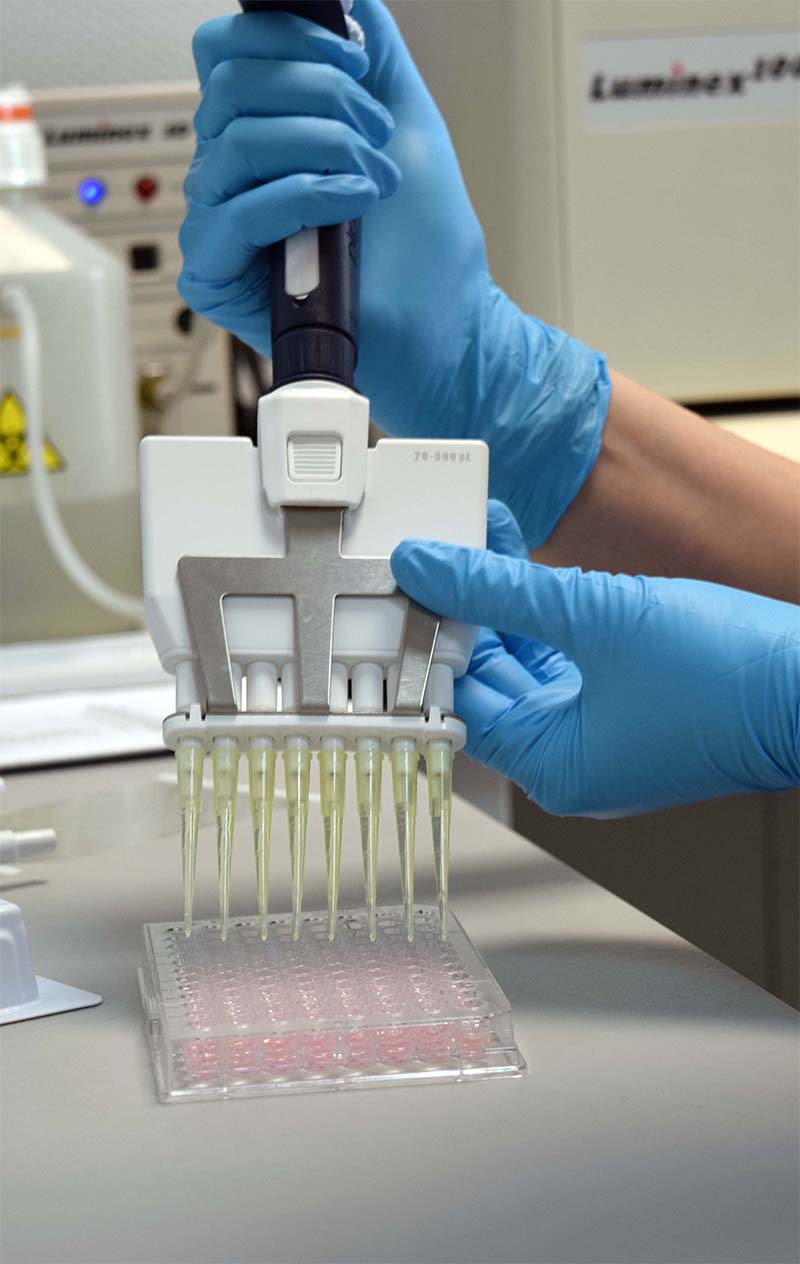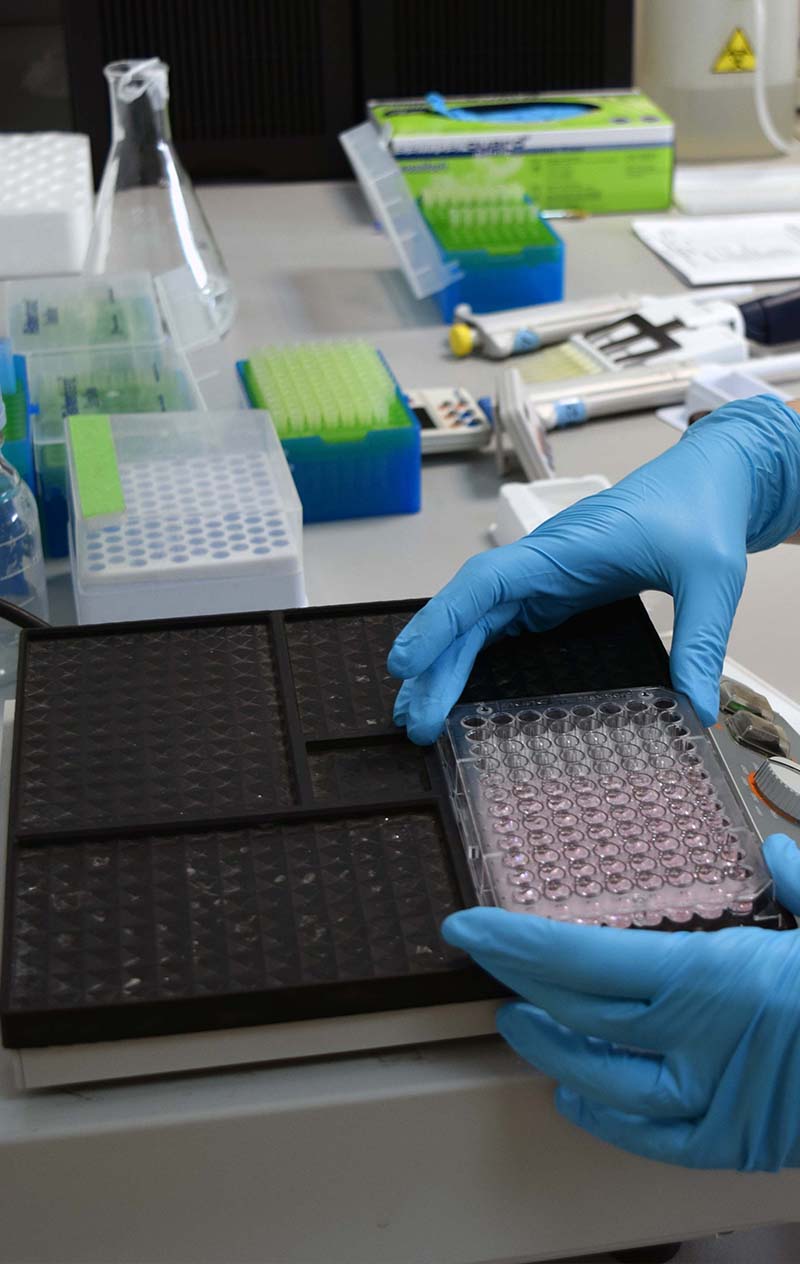Medical Device
The Medical Device Directive 93/42/EEC (article 1.2a) defines a medical device as:
any instrument, apparatus, appliance, software, material or other article, whether used alone or in combination, including the software intended by its manufacturer to be used specifically for diagnostic and/or therapeutic purposes and necessary for its proper application, intended by the manufacturer to be used for human beings for the purpose of:
- diagnosis, prevention, monitoring, treatment or alleviation of disease,
- diagnosis, monitoring, treatment, alleviation of or compensation for an injury or handicap,
- investigation, replacement or modification of the anatomy or of a physiological process,
- control of conception,
and which does not achieve its principal intended action in or on the human body by pharmacological, immunological or metabolic means, but which may be assisted in its function by such means.’

Classification
In the classification rules listed in Directive 93/42/EEC Annex IX, all medical devices are placed into one of four graduated categories;
Class I
Low risk non-invasive devices such as hospital beds, bed pans, etc are included.
Class IIa
Medium risk medical devices such as powered wheelchairs, hearing aids, ultrasonic diagnostic equipment, etc are included.
Class IIb
Medium risk surgically invasive/active medical devices such as infusion pumps, ventilators, surgical lasers, etc are included.
Class III
High risk surgically invasive/active medical devices such as many implants: vascular & neurological, replacement heart valves, silicone gel-filled breast implants, and implanted cerebella stimulators, etc are included.
Safety assessment
Medical devices are placed on the European market after conforming to the strict safety assessment to comply with EU Medical Devices Directive 93/42/EEC. Safety assessments of medical devices are guided by the toxicological and other studies recommended in the International Organization for Standardization (ISO) 10993-1/EN 30993-1 standard. There are 17 parts of the standard either accepted or under preparation.
Tests that may be used in an evaluation of medical device biocompatibility include procedures for CYTOTOXICITY, skin sensitization, dermal irritation and intracutaneous reactivity, acute systemic toxicity, subchronic toxicity, mutagenicity, implantation, hemocompatibility, chronic toxicity, and carcinogenicity.
Cytotoxicity test methods
The ISO 10993 guidelines recommend three types of cytotoxicity test methods:
– Extract dilution method
The cytotoxic elements of a medical device can leach into an extraction medium. The extracted medium is exposed to test culture by applying direct or indirect test method.
– Direct contact method
It is applied exposing directly a medical device or its extract to test cultures.
– Indirect contact method
It is applied exposing indirectly a medical device or its extract to test cultures.
Vision R&D Researchers possesses an original method for evaluating cytotoxicity of endotamponades agents such as:
– Perfluorocarbon liquids

Perfluorocarbon liquids
Perfluorocarbon liquids (PFCL) have been proposed since the 90’s as useful adjuncts during vitreoretinal surgery mainly for “flattening” the retina but also with some other purposes. Several of these liquids have been used in ophthalmology being perfluoro-octane and perfluorodecalin the most widely used.
Class IIb product
The PFCL are classified as a Class IIb product following the rules listed in Directive 93/42/EEC Annex IX because they are considered a medium risk surgically invasive medical device.
Cytotoxicity test (a new approach based)
The ISO 10993 Part 5 in vitro cytotoxicity test guideline provides several test methods for cytotoxicity evaluation of medical devices which could be applied also for PFCL test samples. However, scientific advances make improvements in test methods which increase certainty in cytototoxicity test results.
The NEW CYTOTOXICITY TEST METHOD is based on direct contact method applying new patented technical steps (patent Nº P201630708, PCT2080.12). The study 1, 2, 3 showed that the new method is able to differentiate between non-cytotoxic and cytotoxic perfluorocarbon liquids.
Test cultures
Human Retinal Pigment Epithelial Cell Culture (ARPE-19 cell line)
Porcine Neuroretina Organotypic Culture

Experimental conditions
The experiments are performed following;
– Parte 12 preparation of samples and reference materials.
– Part 5 in vitro cytotoxicity test.
– Part 5 section C.2.3.3 Verification of the quality of analysis.
b) Good Laboratory Practice (GLP) certification
– 2.1 In vitro toxicity
– 9.5 Safety Pharmacology
– 9.9 Biocompabtibility of medical devices
– 2.1 In vivo toxicity
– 2.1.1 Short term
– 2.1.2 Long term
– 2.4 Tolerance
– 2.4.2 Ocular tolerance
c) Quality Management System certification
– ISO 9001 : 2008
Cost and Contact
– Cost and discuss to research team. Special offer will be provided depending on numbers of test samples.

